Radio stations more and more revolve around networked computers. Engineers need to understand computer networking, especially as it relates to audio distribution and playback. Eventually, I see broadcast engineers being more computer science types rather than electrical engineering majors.
What I have found out about computer networking is this: it is not rocket science. In fact, most of it is pretty easy. Physical networking and cabling are similar to audio and TELOC cabling. Automation computer servers themselves are not difficult to understand as most of them run on some type of Windows program. Other servers such as Apache for WWW and for FTP and streaming run on some type of LINUX OS. LINUX is also not difficult to understand so long as one knows the right command line prompts.
The first part of understanding computers is networking. Without a computer network, a computer is a glorified typewriter. Almost every automation system and or digital editor requires some type of network. Consoles and computers that use AOIP require well-constructed networks in order to operate properly. To that end; cabling choices, network interface devices such as switches and routers, patch panels, and so forth need to be specified and installed with care.
Most often, it is the simple things that will trip an installer up. The one area where I have found the most mistakes made is the pair’s connection to various termination points. There are two basic standards, TIA/EIA T568A and T568B. Neither is better than the other, both are often identified on terminating devices such as jacks and patch panels. The most important aspect of these standards for an installer is to pick one and stick with it.
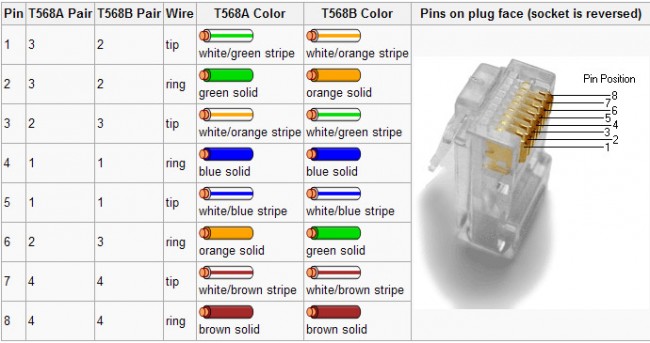
When certifying networks, the most common problem I have encountered is crossed pairs. Almost invariably, one end will be punched down with the A standard and the other with the B standard. Jacks are particularly difficult, as the color-coding stickers show both. Many patch panels have a slide-out, reversible card with is an either/or situation. For some reason, I have stuck with the B standard, and on any project I am managing, I get rid of all the A color codes I can find and tell the installers that B is the only acceptable termination standard. That cuts down on a lot of errors and redos during certification. That is good, it saves time and I hate redos.
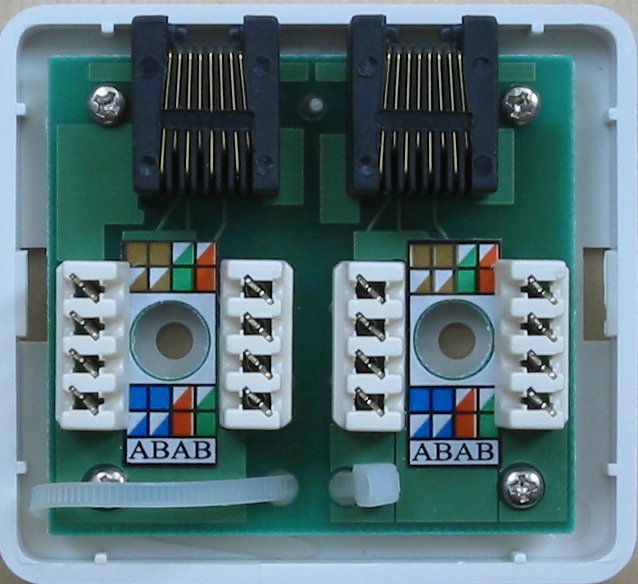
You can see that this color code marking can lead to confusion. I take a sharpie and cross out all the A markings to avoid installation mistakes.
Incidentally, on any new network installation, Category 6 cable should be used. As more and more data throughput is required for network applications, Category 6 Cabling has better performance specs and will likely have a longer service life than another cable. It may be a little bit more expensive than Cat 5, however, well worth the investment. It would be a great mistake and a waste of money to have to pull out the network and reinstall it in a few years because the cabling doesn’t have the required bandwidth.
Category 7 cabling is in the works.


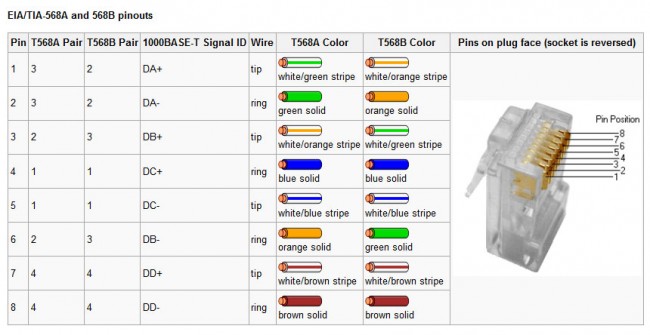
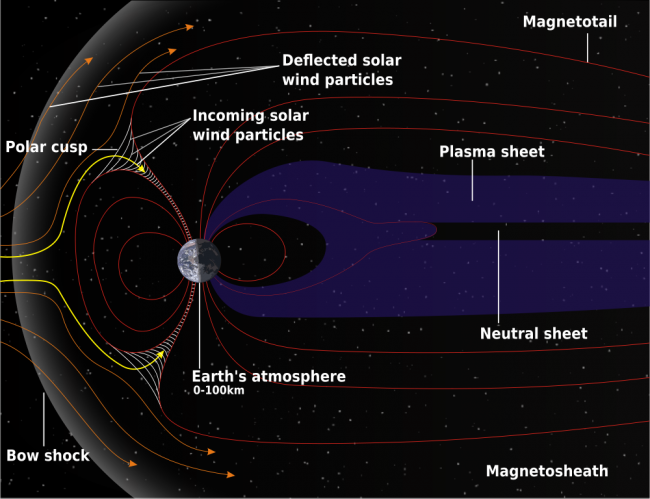
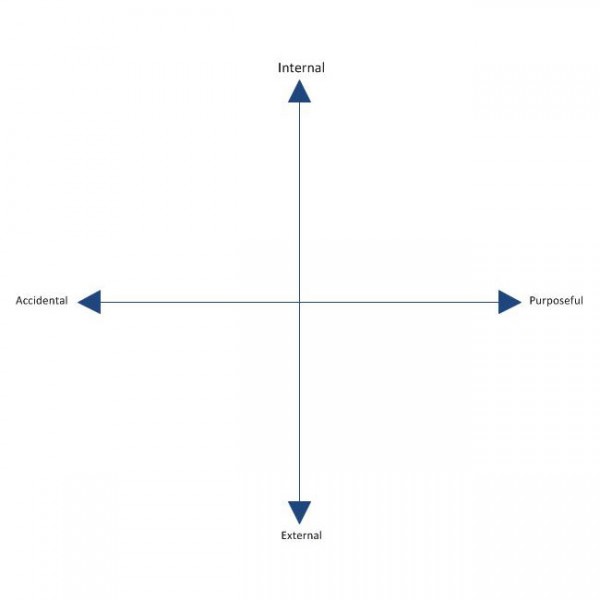

As I understand it, “A” is used primarily in Europe and “B” here in the US. Don’t know how true that is. I use “B” for everything. Also, just to add to your article, in 10/100BaseT cabling, only 4 of the 8 wires (two pairs) are used. The others are unused. I know people who have used a spare pair for telephones without requiring a separate cable. HOWEVER, GigE (1000BaseT) uses all 4 pairs.
I also heartily endorse your recommendation on Cat6. I’m told by people who work in the networking biz that, while designed for 1 Gbps, it will probably handle 10 Gbps over short runs (say 10 m or less). That’s a good investment to run that now and not have to upgrade again when 10G becomes predominant.
568A has a background that better fits telephone connections, and is sometimes called ISDN. While much premade cabling used B, I know of an internet exchange point where A was the preferred standard. I like A, and for 1 or 10 gig, I would recommend fiber.